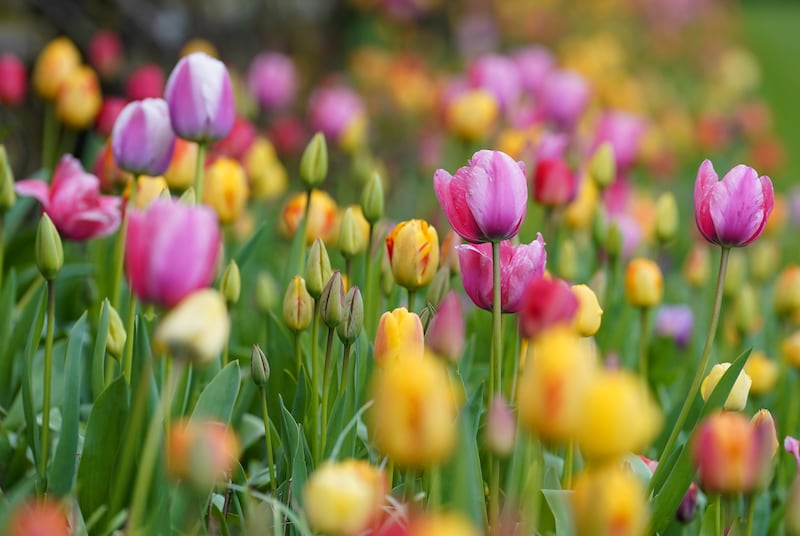As a result of the very wet weather over the last few months, I still haven’t got around to planting the spring-flowering bulbs that I bought months ago. Is it too late to do it now? — EM, Kerry
This year’s record rainfall made it difficult for many gardeners to get plants and bulbs in the ground this autumn, especially in the midlands, the south and east of the country. Not only were there few opportunities to find a suitable stretch of dry weather but there was also the worry of causing long-term damage to the soil structure by digging it when it was waterlogged.
The good news is that you can still plant your bulbs, even at this late stage. Although they’ll be a little late into flower next spring, and probably more short-stemmed than if they’d been planted in mid-autumn, most will be just fine. Perennial varieties such as daffodils (narcissus), crocus, allium, camassia and snowdrops will also completely recover over time so that by the following spring of 2025, they should be entirely back to normal as regards their flowering period and the length of flower stem.
Tulips, many of which aren’t reliably perennial, are especially forgiving of being planted this late in the year. I’ve sometimes had to do this as late as December-January in the past and have been amazed by how well they fared. The trick is to store your bulbs in a cool, dry shed until you’re ready, as they’ll quickly deteriorate if kept indoors for any length of time.
RM Block

As soil conditions are still poor in most parts of the country, if you’re planting into the ground rather than pots, then take careful precautions to protect the soil structure. Use wooden boards to spread your weight, and ideally a long-handled bulb planter rather than a spade or fork (Sneeboer do a great one, see fruithillfarm.com). Rather like a giant apple-corer, this specialised garden tool allows you to slice out narrow, deep sections of soil, leaving a hole behind into which you can just drop your bulb (pointy side up) before replacing the cut-out plug of soil once you’ve done so. Recommended planting depth varies according to the species but two-three times the height of the bulb is generally recommended.
Bear in mind that flower bulbs should never be planted into badly waterlogged soil as they’re very inclined to rot in these kinds of conditions. Where the soil is just wet rather than waterlogged, it’s a good idea to sprinkle a little coarse horticultural grit at the base of the planting hole before planting the bulb to help with drainage. To further avoid the risk of disease or decay, discard any bulbs that show signs of mould or which are shrivelled or damaged.













